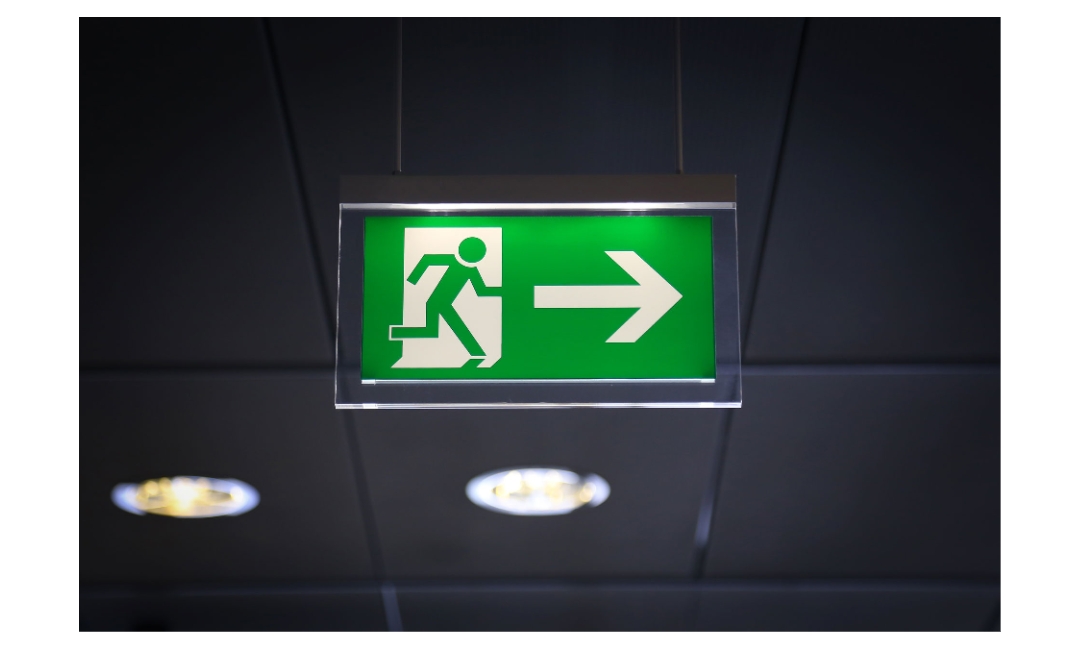Emergency lights play a crucial role in ensuring the safety of occupants during emergencies by providing illumination when normal lighting fails. Regular inspections of these lights are essential to ensure they function as intended. However, inspections sometimes reveal non-compliance issues that need to be addressed promptly to maintain safety standards. In this blog, we’ll explore how to handle non-compliance issues discovered during emergency lighting inspections and how obtaining an Emergency Lighting Inspection and Test Certificate can validate the proper functionality and compliance of these systems. This certification not only ensures adherence to safety standards but also demonstrates proactive management of emergency lighting systems, enhancing overall safety and preparedness for unexpected events.
Understanding Non-Compliance Issues
Non-compliance issues during emergency light inspections can range from simple faults like burnt-out bulbs to more complex issues such as inadequate coverage or incorrect placement of lights. These issues compromise the effectiveness of emergency lighting systems and can pose risks during critical situations.
Immediate Actions Upon Discovery
Upon discovering non-compliance issues during inspections, it’s crucial to take immediate action to rectify the problems. This ensures that the emergency lighting system remains reliable and compliant with safety regulations.
- 1. Document the Findings: Start by documenting all non-compliance issues observed during the inspection. This documentation will serve as a reference for further actions and ensures transparency in addressing the problems.
- 2. Notify Responsible Parties: Inform the relevant personnel responsible for maintenance or facility management about the non-compliance issues. Prompt notification enables swift action to rectify the problems before they escalate.
Rectifying Non-Compliance Issues
Addressing non-compliance issues requires systematic steps to ensure the emergency lighting system is restored to optimal functionality.
- Schedule Repairs or Replacements: Based on the documented findings, schedule repairs or replacements of faulty components such as bulbs, batteries, or entire fixtures. Ensure that replacements meet safety standards and manufacturer specifications.
- Conduct Testing After Repairs: Once repairs or replacements are completed, conduct thorough testing of the emergency lighting system. Testing should include functionality checks, duration tests, and verification of coverage to confirm compliance with safety regulations.
Compliance Verification
Verification of compliance ensures that the emergency lighting system meets regulatory requirements and effectively safeguards building occupants during emergencies.
- Re-Inspection: After addressing non-compliance issues, schedule a follow-up inspection to verify that all corrective actions have been implemented successfully. This step ensures that no issues are overlooked and provides assurance of system reliability.
- Documentation of Compliance: Document the results of the re-inspection to demonstrate compliance with safety regulations. Maintain detailed records of inspections, repairs, and testing for future reference and audit purposes.
Preventative Measures
To minimize the occurrence of non-compliance issues during emergency light inspections, consider implementing preventative measures.
- Regular Maintenance: Establish a routine maintenance schedule for emergency lighting systems, including periodic inspections, cleaning, and testing. Regular maintenance helps identify potential issues early and ensures ongoing compliance.
- Staff Training: Provide training to staff responsible for conducting emergency light inspections. Training should cover inspection protocols, recognition of non-compliance issues, and procedures for reporting and resolving problems promptly.
Conclusion
Handling non-compliance issues discovered during emergency light inspections requires a proactive approach to ensure the safety and security of building occupants. By promptly addressing issues, conducting thorough repairs or replacements, verifying compliance, and implementing preventative measures, facilities can maintain reliable emergency lighting systems that meet regulatory standards. Regular inspections and proactive maintenance are key to identifying and rectifying issues before they compromise safety. Remember, safety is paramount, and a well-maintained emergency lighting system is essential for protecting lives during critical situations. For streamlined safety certifications tailored to landlord requirements, partnering with Landlord Certification ensures comprehensive solutions that uphold regulatory standards and enhance tenant safety protocols, If you want to stay updated with posts like this, please follow us on ZOLTREKK.




